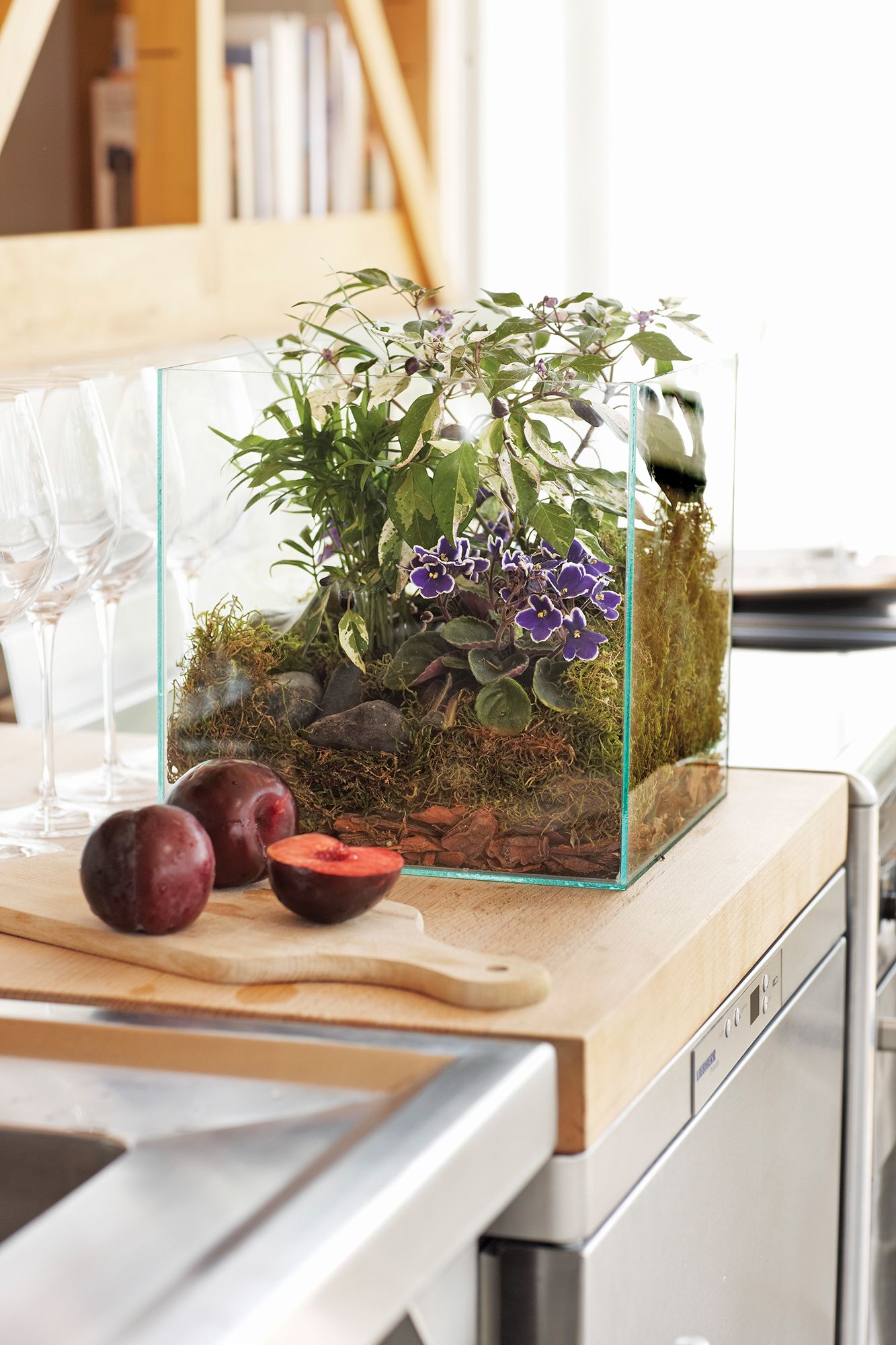Living in a high-rise apartment doesn’t mean you can’t nurture plants to your heart’s content. Terrarium gardens are back in vogue!
It all began with one Dr Nathaniel Ward, way back in 1829. Ward was a physician in London and, like the rest of the empire, obsessed with collecting things. Colonies, animals, plants—Britain’s thirst for all things exotic was in full swing. Transport took long, often many months, and most birds, bees and trees didn’t make it to HQ London. Dr Ward kept moths’ cocoons in sealed glass bottles and by accident he found a fern had germinated, followed by some grass. And so the Wardian Case was born.

CASE CLOSED
The premise of Ward’s discovery was simple: to grow plants in closed glass cases, where condensation provided moisture and humidity, while dead leaves and other debris supplied nourishment.
Ward found that the longer containers were kept closed, the better the plants grew! Finally, exotic plants were thriving, protected from the generally unsuitable growing conditions of Victorian-era London.
But the Wardian Case wasn’t just a tank of pretty flowers. Since most plants being shipped between continents died from a lack of fresh water and the constant salt spray at sea, the invention was immediately put to good use.









